Balanced audio equipment is usually designed to reduce noise and interference by using the same two constructions to process and subtract two audio signals that are identical, but with inverted polarity. Alternatively, balanced audio signal may simply use the same two constructions to process signal in one and capture noise in the other, and reduces noise by simply subtracting this noise from the signal.
Fully balanced audio
The following are two identical signals with inverted polarity.
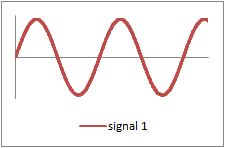
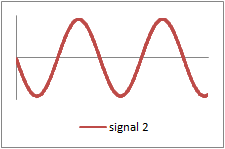
If identical noise is introduced in these two signals, the signals may become as follows.
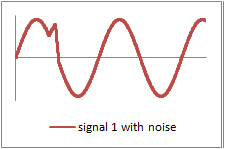
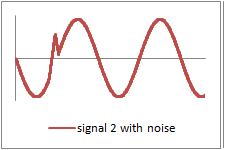
The noise in these two pictures is represented by the notch after the first peak of signal 1 and before the first peak of signal 2.
When the two signals are subtracted, since, except for the noise, they are with inverted polarity (one is the negative of the other), the noise will be removed, whereas the signal itself will be doubled.
A construction that uses two identical signals with inverted polarity is called "fully balanced".
Semi-balanced audio
It is possible that the audio equipment has two identical signal paths, but signal is sent over only one of them. When noise is introduced, one of the signal paths will contain the signal with the noise and the other path will only contain the noise. The resulting signals would be as follows.

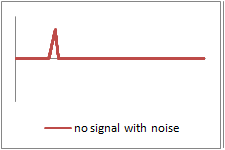
Subtracting the signal after processing will similarly reduce noise and thus this construction is similarly "balanced". It is sometimes called "semi-balanced" so that it is distinguished from a fully balanced construction.
Benefits of fully balanced constructions
The benefits of fully balanced constructions (sending two identical signals with inverted polarity) are as follows.
- Noise created by the signal generating equipment will be reduced. In contrast, if there is noise from the signal generated equipment in semi-balanced audio, this noise will be present only in the signal path that contains the signal and not in both signal paths. Thus, semi-balanced audio can only reduce external noise.
- When the two signals are subtracted the resulting signal is twice as strong (an increase of 6 dB = 10 log10(22/12)).
- When two signals are sent over parallel wires, the resulting electromagnetic field around the wires is close to zero and thus minimal noise is introduced in surrounding equipment.
XLR cables and balanced audio
The XLR cable construction with three pins (XLR3) is normally used to carry balanced audio signals. The term "XLR", however, stands for the Cannon X series with latch (L) and rubber (R). The term "XLR" thus is not related to the term "balanced audio". There are XLR cables that have a different number of pins and are not used in audio. Similarly, using XLR in audio does not guarantee that: 1) the surrounding equipment is balanced and 2) that there would be two signals sent over the XLR cable.
Add new comment